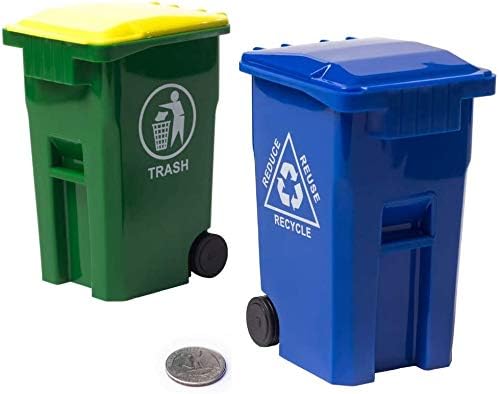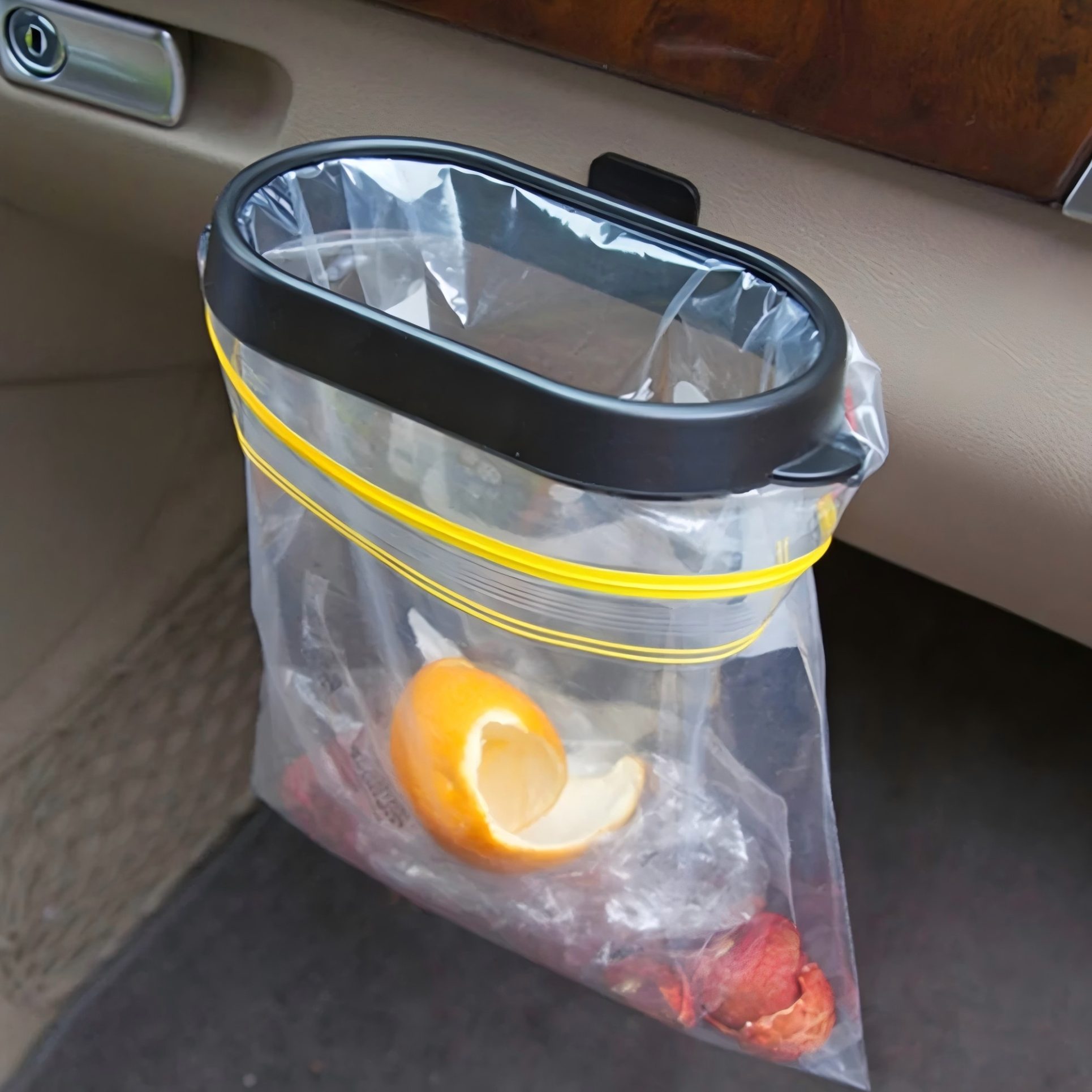About Outdoor Compost Bins: What Are the Benefits and How to Choose the Right One?
Advantages of Outdoor Compost Bins
Outdoor compost bins offer a range of benefits that make them an excellent choice for managing organic waste. First and foremost, they are space-saving. With their moderate size, they are perfect for small yards, balconies, or garden corners, ensuring they don’t take up much space. Second, outdoor compost bins are easy to manage. Their closed design helps reduce odour and prevents pests like flies and rats from infesting your compost. Additionally, certain models come with a flip lid or rotating function, making mixing and aeration much easier. Third, outdoor compost bins promote accelerated decomposition. The closed environment traps heat and moisture, encouraging microbial activity, which speeds up the decomposition process compared to open compost piles. Furthermore, they are both environmentally friendly and economical. These bins turn food waste—such as fruit peelings and vegetable scraps—and yard waste—like dead leaves and weeds—into valuable fertiliser. By doing so, they reduce the amount of waste and the cost of purchasing fertiliser. Finally, these bins are adaptable to a wide range of materials. They efficiently process both ‘green materials’ (e.g., food waste) and ‘brown materials’ (e.g., dried leaves), helping to balance the compost’s composition for optimal decomposition.

Choosing the Right Compost Bin
There are many types of compost bins on the market, but selecting the right one requires consideration of the climate, waste disposal habits, and local environmental policies. The key factors to focus on are moisture control, insulation, and ventilation.
Composting Advice for Different Climates
1. Wet and Rainy Areas (e.g., United Kingdom, Ireland)
The climate in wet and rainy regions can be challenging for composting. High humidity levels and constant rainfall can cause waterlogging, mould, and attract pests. To address these issues, a rainproof sealed compost bin with a locking lid and drainage system is highly recommended to prevent rainwater infiltration. The ventilation adjustment design allows for controllable vents to avoid excessive moisture and stuffiness. For added durability, compost bins made from corrosion-resistant materials such as plastic or stainless steel are ideal for avoiding rusting. A key tip for use is to add more ‘brown material’ (e.g., dry leaves or cardboard) to absorb excess moisture, and regularly drain the liquid at the bottom, which can be diluted and used as liquid fertiliser.
2. Dry and Hot Areas (e.g., California, Southern Spain)
In dry and hot climates, high temperatures and little rainfall can cause compost to dry out and slow down decomposition. A rotary compost bin is perfect for this environment, as it allows easy mixing and helps maintain moisture levels. Additionally, a compost bin made from dark-colored or insulated materials will absorb heat, speeding up decomposition. A large capacity design is also essential to reduce water evaporation. To ensure proper moisture levels, it’s recommended to water the compost regularly, cover it with hessian cloth or coir, and avoid placing the bin in direct sunlight—semi-shaded areas are best.
3. Cold Regions (e.g., Northern Canada, Northern Europe, Sweden/Norway)
In cold climates with long, harsh winters, composting can be difficult due to low microbial activity and potential freezing. A double insulated compost bin is the ideal solution, as it maintains a stable temperature for better decomposition. These bins often feature foam sandwich insulation and can be compact or removable, allowing you to move them to a garage or greenhouse during the winter months. A compost bin designed for rapid composting, often with cold-tolerant bacterial strains, can accelerate decomposition during summer months. To further support the composting process, it’s helpful to reduce new waste during the winter months and focus on composting in the summer. Adding high-nitrogen materials, such as coffee grounds and grass clippings, will help raise the temperature of the compost pile.
The Advantages of Our Compost Bin
Our outdoor compost bin has been designed with all the necessary features to meet the diverse needs of composting across different regions. Made from high-quality PP plastic, the material has undergone anti-ultraviolet and anti-aging treatments to ensure long-term durability. The open, fence-style design encourages better air circulation and increases contact with soil, accelerating the composting process. This open structure promotes quick composting, allowing you to transform food scraps into fertiliser rather than sending them to the trash. Additionally, the design encourages a circular process, where food scraps are regularly composted and reused, helping to maintain an eco-friendly and sustainable lifestyle.




